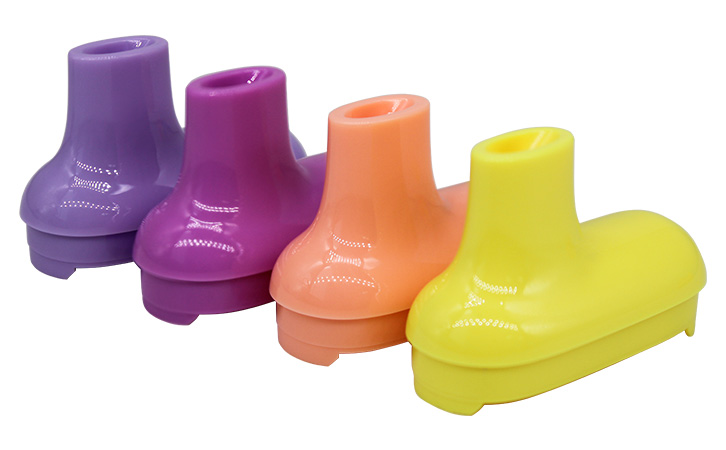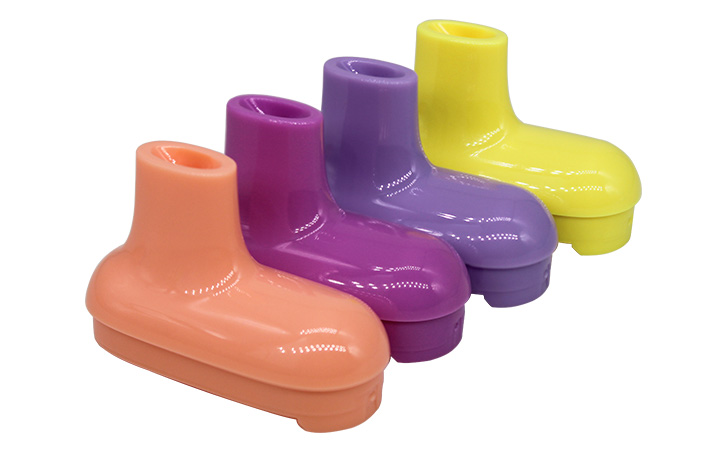The material selection of plastic products mainly depends on their physical properties, chemical stability, temperature resistance, cost, and application scenarios. The following are common plastic materials and their main uses:
1. Polyethylene (PE)
Type: High Density Polyethylene (HDPE), Low Density Polyethylene (LDPE)
Characteristics: Acid and alkali resistance, flexibility, good insulation, but poor temperature resistance (HDPE can withstand 90-110 ℃, LDPE can withstand 70-90 ℃).
Purpose:
HDPE: water pipes, plastic bottles, shopping bags, industrial containers.
LDPE: cling film, plastic bags, flexible packaging.
2. Polypropylene (PP)
Characteristics: High temperature resistance (100-140 ℃), chemical corrosion resistance, high strength, it is a plastic that can be microwave heated.
Usage: Microwave lunch box, food container, medical treatment equipment, automotive parts, household items.

3. PVC
Type: Hard PVC, Soft PVC (including plasticizers)
Characteristics: Good weather resistance, but poor heat resistance (60-80 ℃), high temperature easily releases harmful substances.
Purpose:
Hard PVC: water pipes, doors and windows, building materials.
Soft PVC: wire insulation layer, raincoat, toys.
4. Polystyrene (PS)
Type: Ordinary PS, High Impact PS (HIPS)
Characteristics: Transparent, brittle, low heat resistance (70-90 ℃).
Usage: Disposable tableware, CD boxes, toys, packaging materials.
5. Polyethylene terephthalate (PET)
Characteristics: Transparent, high strength, heat-resistant to 60-85 ℃, not resistant to high temperature and repeated use.
Usage: Beverage bottle, food packaging, fiber (such as polyester).


